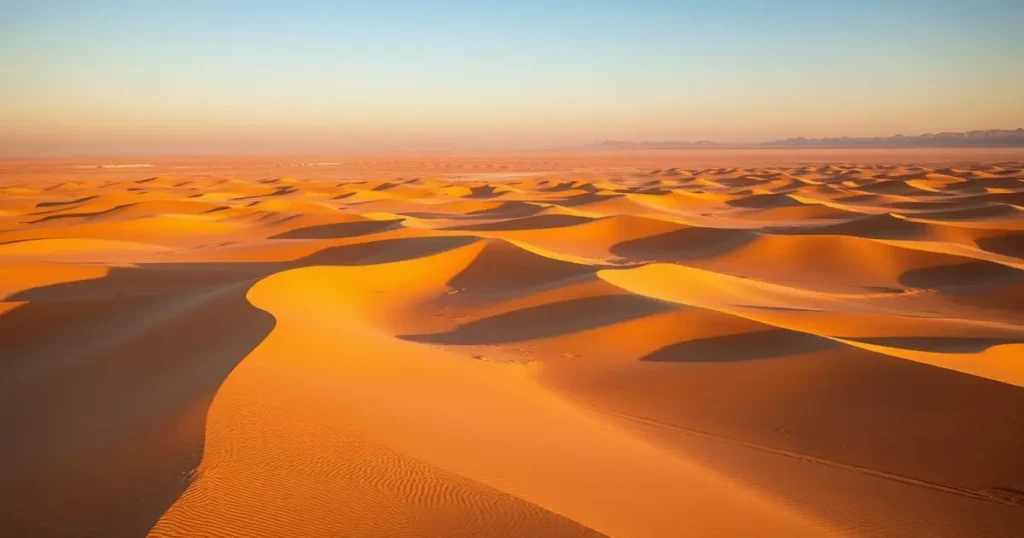Just 45 minutes from Dubai’s famous skyscrapers lies a completely different world—the Dubai Desert Conservation Reserve (DDCR). This protected area spans 225 square kilometers of desert ecosystem, offering visitors an authentic natural landscape that shaped Emirati culture and traditions.
Desert Conservation Success
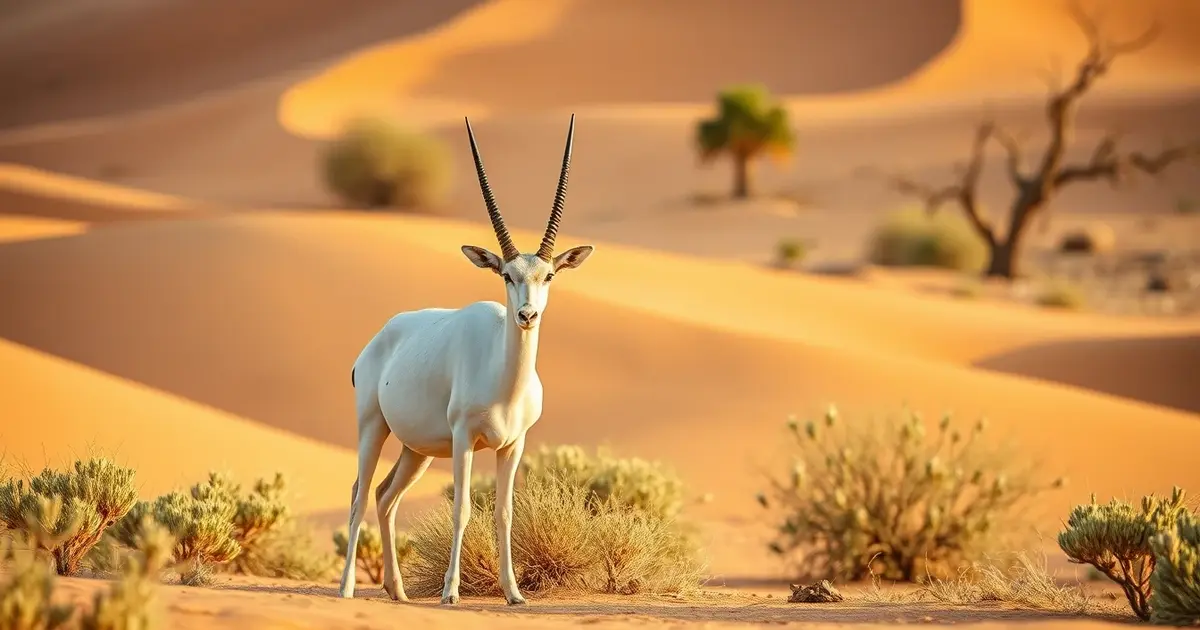
Protected Wilderness
Established in 2002, the DDCR became the UAE’s first national park and one of the region’s most important conservation projects. Before protection, decades of unregulated tourism, off-road driving, and overgrazing had damaged the desert ecosystem. However, the reserve’s creation marked a turning point in the Emirates’ approach to environmental care.
Wildlife Recovery
The reserve’s rehabilitation efforts have shown remarkable results. Through careful management, including removing invasive species and reintroducing native plants, the natural desert landscape has largely recovered. As a result, indigenous plants like ghaf trees and various acacia species now thrive, providing essential habitat for wildlife.
Sustainable Model
Most importantly, the DDCR has successfully reintroduced Arabian oryx—once extinct in the wild—along with Arabian gazelles and sand gazelles. These iconic desert animals now have a protected sanctuary where they can flourish. Furthermore, the reserve uses a sustainable funding model, partnering with select tour operators who follow strict environmental guidelines and contribute financially to conservation efforts.
Morning Safari Experience
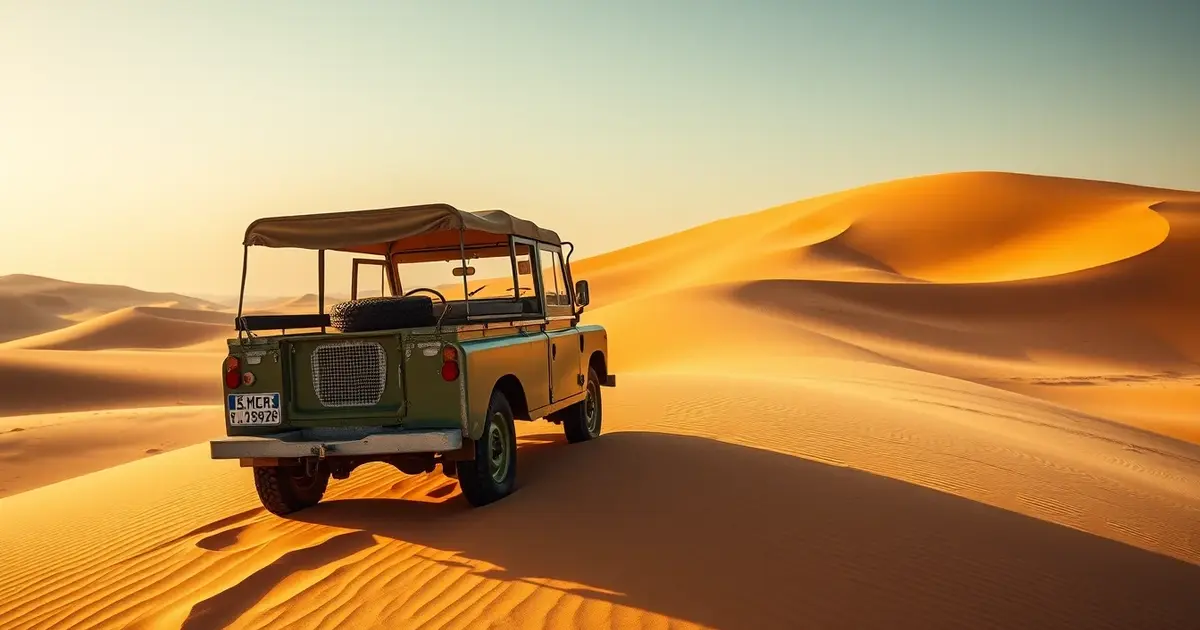
Desert Sunrise
The desert reveals its true beauty in the gentle light of early morning. The DDCR’s morning safari, starting before sunrise, lets visitors witness the landscape transform as night becomes day. When the first sunlight hits the dunes, their smooth shapes cast dramatic shadows across the sand, creating constantly changing patterns and textures.
Wildlife Viewing
This time of day also offers the best wildlife viewing opportunities. The cooler morning temperatures bring desert animals into the open before they hide from midday heat. Experienced guides point out Arabian hares darting between bushes, desert monitors sunning on rocks, and colorful birds like the distinctive hoopoe with its crown-like crest.
Traditional Transport
Morning safaris typically use vintage 1950s Land Rovers—vehicles that minimize environmental impact while connecting visitors to regional heritage. Unlike the noisy “dune bashing” offered elsewhere, these tours focus on quiet observation and appreciation of the desert’s subtle beauty. Many guides come from Bedouin backgrounds and share traditional knowledge alongside scientific information.
Falconry Heritage
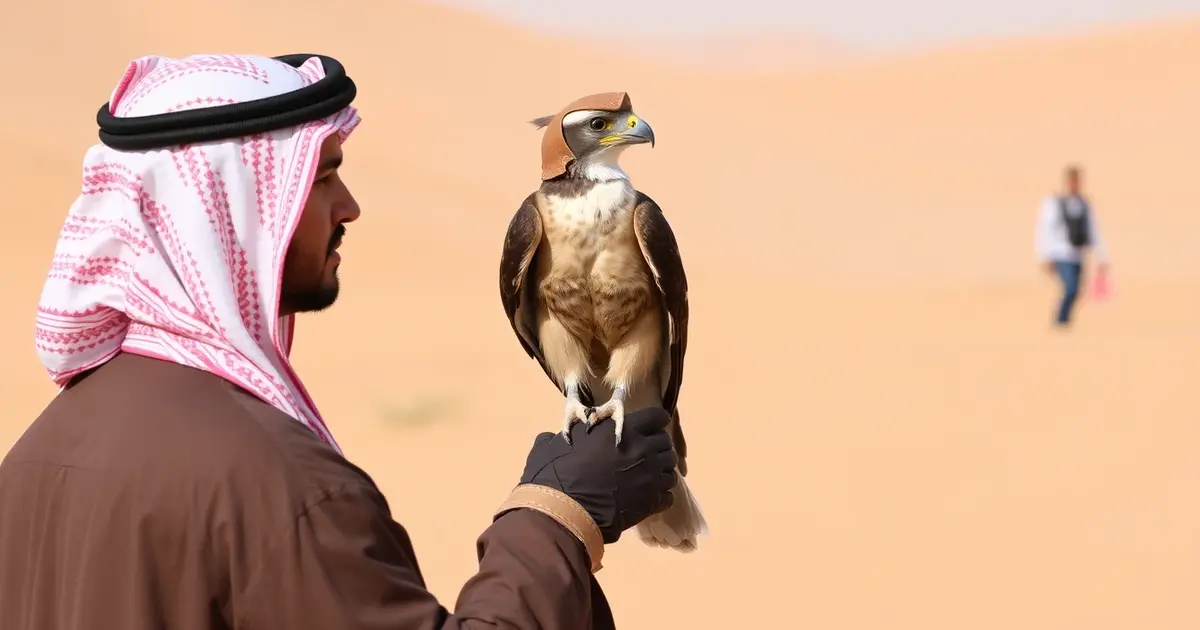
Living Tradition
Among the DDCR’s most special offerings is the chance to witness traditional Arabian falconry—a practice so culturally important that UNESCO recognized it as Intangible Cultural Heritage. Unlike commercial shows that focus on entertainment, the reserve’s demonstrations emphasize education, explaining how this ancient hunting method developed as a survival strategy in the harsh desert.
Master Birds
Visitors learn about different falcon species historically used in Arabian falconry, particularly the saker and peregrine falcons. Trainers explain the years of patient work needed to build trust between falconer and bird. They also demonstrate the specialized equipment, including the distinctive leather hood that keeps the falcon calm when not hunting.
Conservation Connection
What makes the DDCR’s falconry experience special is its focus on conservation. Trainers discuss how modern falconry supports conservation efforts for these birds of prey, many facing threats from habitat loss and illegal wildlife trade. Visitors discover how the UAE has become a leader in falcon conservation through breeding programs and wildlife protection laws.
Desert Stargazing
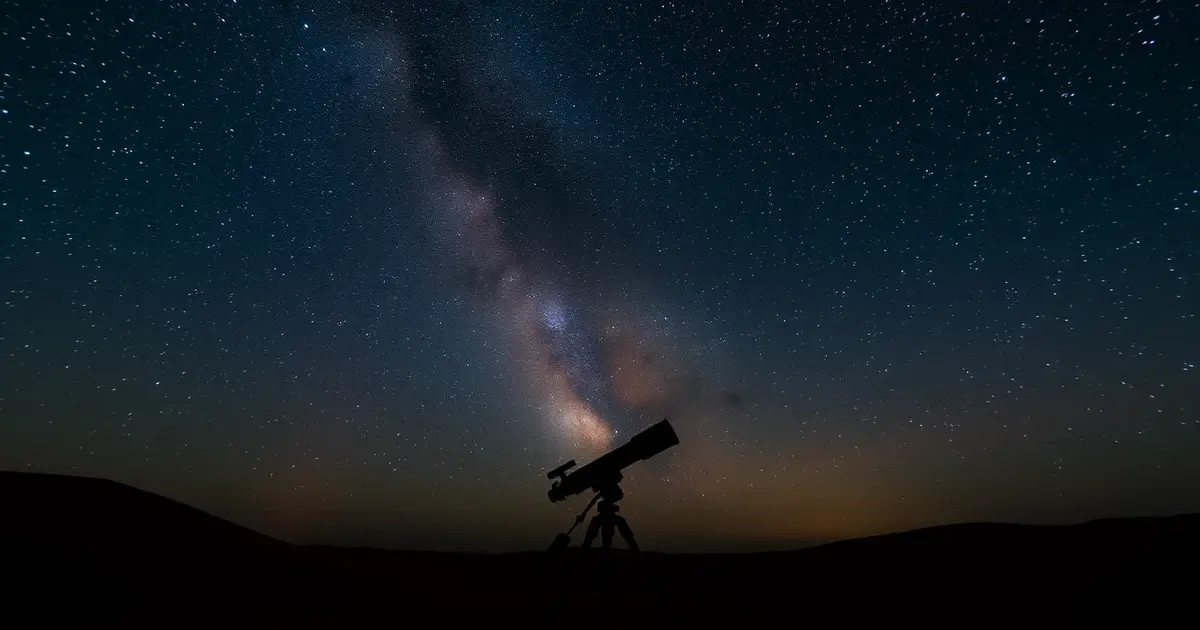
Clear Night Skies
Far from Dubai’s bright lights, the DDCR offers exceptional stargazing opportunities. The desert’s clear, dry air creates ideal conditions for astronomical observation, allowing visitors to connect with the night sky that has guided desert travelers for thousands of years.
Cultural Astronomy
Professional astronomers guide small groups to carefully selected locations deep within the reserve, where telescopes are set up away from artificial light. As eyes adjust to darkness, the Milky Way appears overhead—a spectacular sight increasingly rare in our illuminated world. Guides blend scientific explanation with cultural context, showing how these same stars guided Bedouin navigation and traditional calendars.
For travelers interested in other natural escapes with cultural significance, explore our article on Panauti: Nepal’s Living Heritage Village.
Sustainable Desert Camps: Overnight Immersion
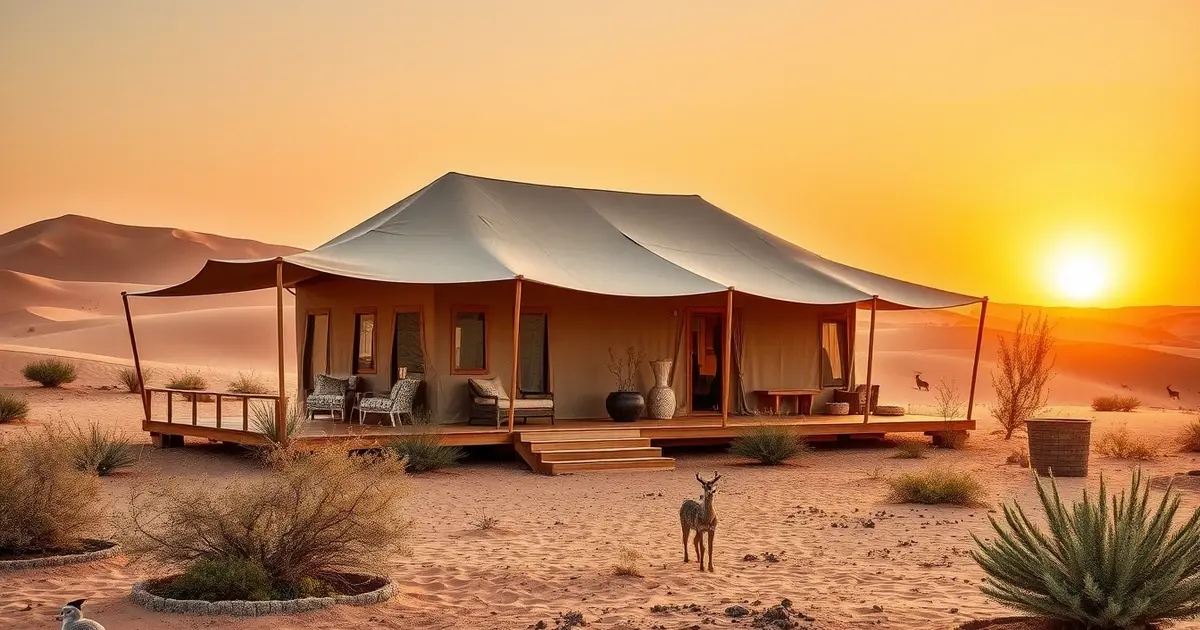
For travelers seeking deeper desert immersion, the DDCR permits a limited number of overnight stays in carefully managed desert camps. Unlike the large commercial desert camps outside the protected area, these accommodations emphasize minimal environmental impact and authentic cultural experiences over luxury amenities.
Al Maha Desert Resort, the reserve’s flagship accommodation, pioneered sustainable luxury in the region. The property’s 42 private suites, designed to resemble Bedouin tents, utilize sustainable building materials and energy-efficient systems that minimize resource consumption. Solar heating provides hot water, while thoughtful design maximizes natural ventilation to reduce air conditioning needs. The resort’s water recycling system ensures that this precious desert resource is used responsibly, with treated wastewater supporting the native landscaping that attracts wildlife to the property.
What truly distinguishes these accommodations is their integration with conservation efforts. Guests participate in twice-daily wildlife drives led by field guides with formal conservation training. These excursions contribute to ongoing monitoring programs, with guest observations helping researchers track wildlife populations and behavior patterns. This participatory approach transforms tourism from a potential threat to a valuable conservation tool.
The cultural programming at these camps emphasizes authenticity over spectacle. Evening meals feature traditional Emirati cuisine prepared using local ingredients, with chefs explaining the cultural significance of various dishes. Rather than staged entertainment, evenings might include informal conversations with local conservationists or Bedouin community members who share personal perspectives on the region’s environmental and cultural heritage.
For travelers seeking authentic cultural experiences in historic settings, explore our article on Heritage Havens: Staying in Portugal’s Historic Pousadas, which similarly combines cultural immersion with preservation of architectural heritage.
Address Book:
•Dubai Desert Conservation Reserve Visitor Center: Al Ain Road (advance reservations required)
•Al Maha Desert Resort: Inside DDCR (sustainable luxury accommodation)
•Platinum Heritage Safaris: Authorized operator offering vintage Land Rover tours
•Emirates Astronomy Society: Partners for specialized stargazing experiences

